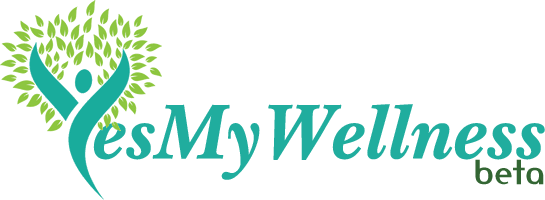Better Health Through Meditation
Better Health Through Meditation
Share
Meditation is a type of mind-body medicine therapy that is increasingly being adopted in today’s stressful world. Originating in India more than 3,000 years ago, it is a technique of ‘slowing down’ which can bring tremendous benefits to one’s physical, psychological, emotional and spiritual health.
Practising it gives one a tranquil state of mind. People who meditate report feeling refreshed both physically and psychologically as when the mind becomes more alert and calm, the thinking process is smooth and clear and the energy levels of a person are increased.
Meditation is validated by science for its health giving properties. Studies find it useful for stress related chronic diseases.
Among the health benefits and medical conditions one can derive from this ancient practice are :
- better sleep
- reduced blood pressure
- decrease in total cholesterol
- less occurence of headaches, backache and fibromyalgia
- improvement in premenstrual syndrome
- atherosclerosis
- insomnia
- physiological and psychological stress
- anxiety
- depression
How Does Meditation Work (To Benefit Our Health)?
Meditation lowers levels of stress hormones such as epinephrine. By reducing the level of epinephrine via meditation, it was discovered that the amount of cholestrol in the blood decreases as well thus enabling the arteries to remain clear.
This reduction in stress hormones may be explained by the relaxed state that comes about through meditation. Electroencephalogram (EEG) studies of the brain in those who are in the state of meditation review boosts in the intensity of alpha waves which is associated with quiet receptive states to levels not even seen even during sleep. It is this ‘relaxed state’ that enables one to combat anxiety, which in turn lowers levels of lactic acid in the blood (Note : high levels of lactic acid are often linked to anxiety).
Besides this meditation improves blood circulation and lowers the heart rate which places less burden on the heart.
Starting Meditation
There are some simple method to meditate in which one can start with to reap the benefits of meditation.
Here are the steps :
1. First find a quiet and peaceful place, one where you would not be disturbed or get distracted.
2. Sit on the floor, close your eyes and breathe in and out gently.
3. To begin entering meditative state, let your mind begin to say a simple word or phrase (meditation experts refer to this key word or phrase as a ‘mantra’). you can achieve the same objective by focusing your “mind eye” on your breathing on a symbol or even an image.
4. At this point, it is important to ignore all other thoughts that comes into your mind (and also judging or processing those external thoughts) and steer yourself back to the ‘mantra’.
5. Slowly but surely, you should feel yourself slipping into a pleasant, relaxed state.
Tips : Start with a short 5 minutes session first then gradually move on to longer session, say, up to 20 minutes or longer.
You Might also Like




















